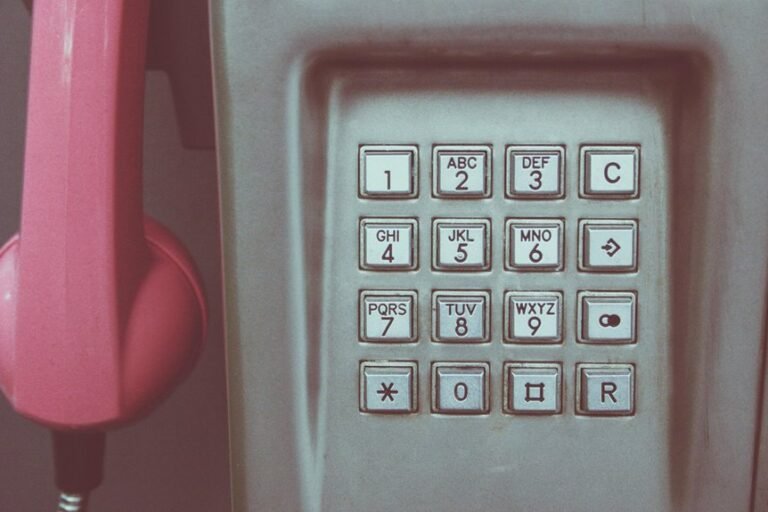Who Called You From 8442449425, 8442449538, 8442560305, 8442605636, 8442605639, and 8442606510? Find Out Everything About Any Phone Number

Curiosity often arises when receiving calls from unfamiliar toll-free numbers like 8442449425 or 8442606510. Who is behind these digits? Are they legitimate businesses, or could they be scams? Understanding the nature of these calls is crucial. Many individuals find themselves puzzled by such inquiries. Investigating these numbers may reveal patterns or warnings. What could these discoveries mean for the recipients? The answers may be more revealing than they initially appear.
Understanding Toll-Free Numbers and Their Purpose
Although many people encounter toll-free numbers in advertisements and customer service interactions, few understand their underlying purpose and mechanics.
These numbers provide significant toll free benefits, allowing businesses to communicate effectively without imposing costs on the caller.
Common Reasons for Receiving Calls From These Numbers
Toll-free numbers serve as a convenient channel for businesses to connect with customers, but they also raise questions about the motives behind incoming calls from these numbers.
Common reasons include legitimate customer service inquiries and promotional outreach.
However, the prevalence of telemarketing scams complicates this landscape, leading recipients to question whether the call is genuine or a deceptive attempt to solicit personal information.
How to Identify and Block Unwanted Calls
Many individuals find themselves overwhelmed by the barrage of unwanted calls, prompting a need for effective strategies to identify and block them.
Employing call blocking features available on most smartphones can significantly reduce nuisance calls.
Additionally, utilizing apps designed to screen calls enhances the ability to discern legitimate numbers from potential spam, empowering users to reclaim their time and privacy.
Conclusion
In a world where toll-free numbers are the modern-day sirens, luring unsuspecting souls with promises of assistance or deals too good to be true, one must ponder: are these calls a bridge to salvation or a trap of telemarketing despair? Perhaps the real question is not who is calling, but rather, who is brave enough to answer? As individuals navigate this labyrinth of digits, they might just discover that blocking the unknown could be the wisest choice of all.





